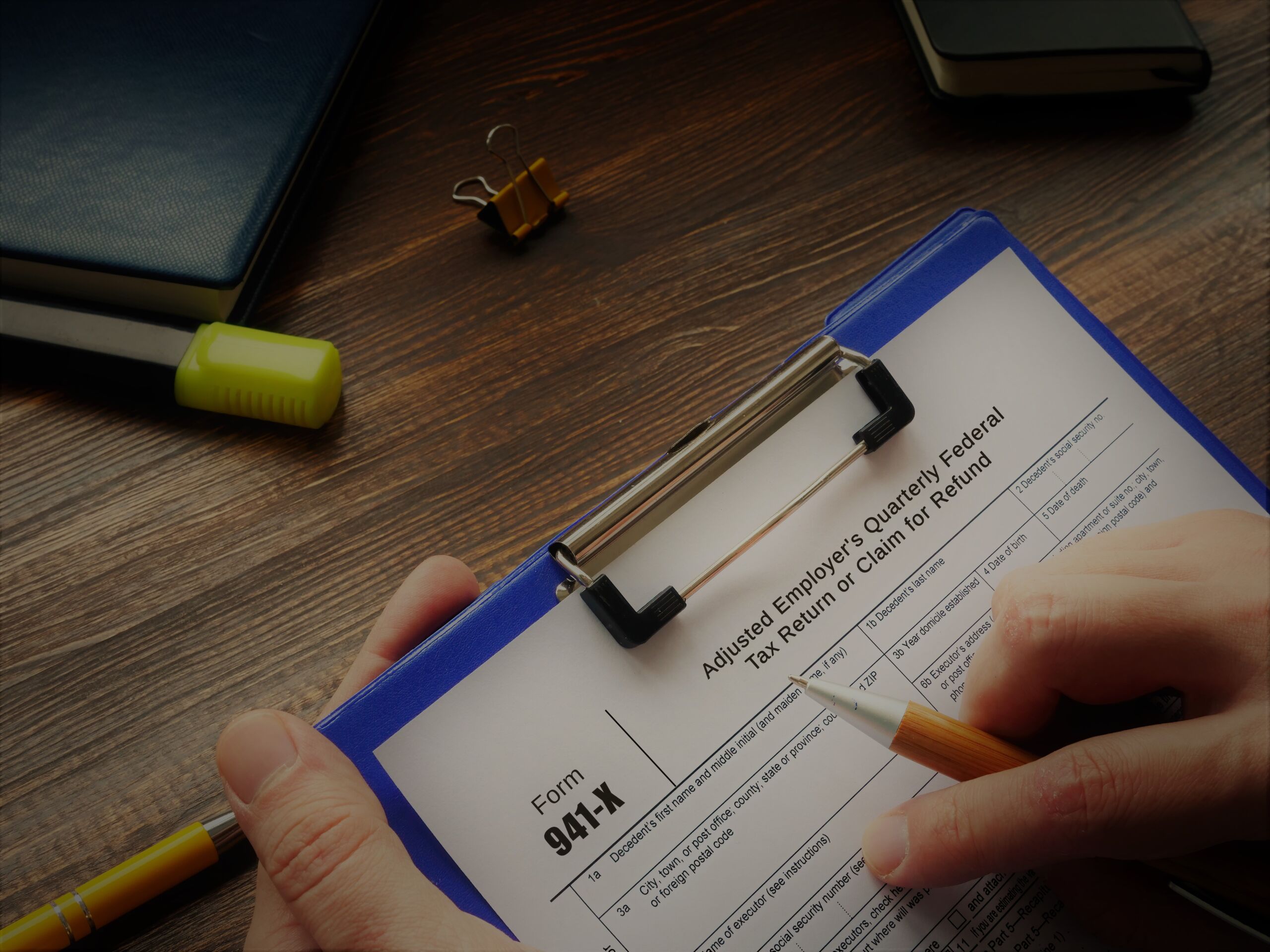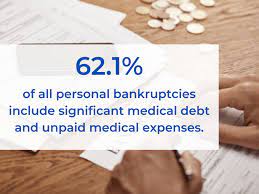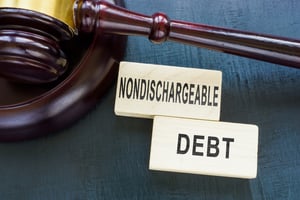Can I Keep My Nonhomestead Real Estate if I File Chapter 13 Bankruptcy?
A Chapter 13 bankruptcy is a great tool to resolve debt issues. In a Chapter 13 bankruptcy, an individual contributes all of their disposable income in a three to five year repayment plan. Upon successfully completing the Chapter 13 plan, the debtor will receive a bankruptcy discharge, which forgives most of their remaining debts. In a Chapter 13 bankruptcy, a debtor only has to make payments to the bankruptcy trustee, and will not have to give up any property. However, in order for the bankruptcy court to confirm a debtor’s repayment plan, the plan must provide that the debtor’s creditors receive at least as much as they would have received if the debtor had filed a Chapter 7 bankruptcy and had to turn over the property to the trustee to pay creditors. This is known as the “best interests to creditors test.”
Bankruptcy law provides that an individual’s primary residence be “exempt” as their homestead. “Exempt” means legally protected from being taken to pay creditors. In the state of Minnesota, a debtor may exempt up to $450,000 in equity in their homestead. A debtor’s homestead will almost always be completely exempt and protected from creditors in a bankruptcy, and in a Chapter 13 bankruptcy, a debtor’s homestead will almost never affect the amount the debtor will have to pay their unsecured creditors in their Chapter 13 plan.
However, there is no homestead exemption for additional property a debtor owns that is not used as a primary residence. In these situations, the debtor will be allowed to exempt up to $15,425 in equity in a non-primary residence if federal exemption law is applied in their case. Whether a debtor will be allowed to keep that nonhomestead real estate, depends on the amount of equity in the property and whether there is a mortgage on the property. If there is no mortgage on the property, there is likely significant equity in the property. The issue with this is that most likely, most of the equity will not be considered exempt. This means that the debtor will have to pay that amount, on top of the other amount of nonexempt property the debtor may have, to their unsecured creditors throughout the Chapter 13 plan.
Another potential issue with a mortgage on a nonhomestead property is that the bankruptcy court will likely not allow a debtor to continue making payments on the property that does not serve as their homestead. The reason for this is because in the eyes of the trustee and the bankruptcy court, the debtor does not need to have an additional property, such as a cabin. For the debtor to continue making payments on property not needed, takes away from the money that should be contributed to the debtor’s unsecured creditors in their Chapter 13 repayment plan.
CALL NOW FOR A FREE STRATEGY SESSION FROM A MN BANKRUPTCY LAWYER AT LIFEBACK LAW FIRM
To learn more about keeping all of your real estate in a Chapter 13 bankruptcy, come visit us at our new location in the Cathedral Hill neighborhood of St. Paul, Minnesota, or come visit us at LifeBackLaw.com!







